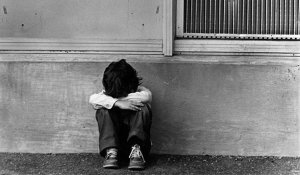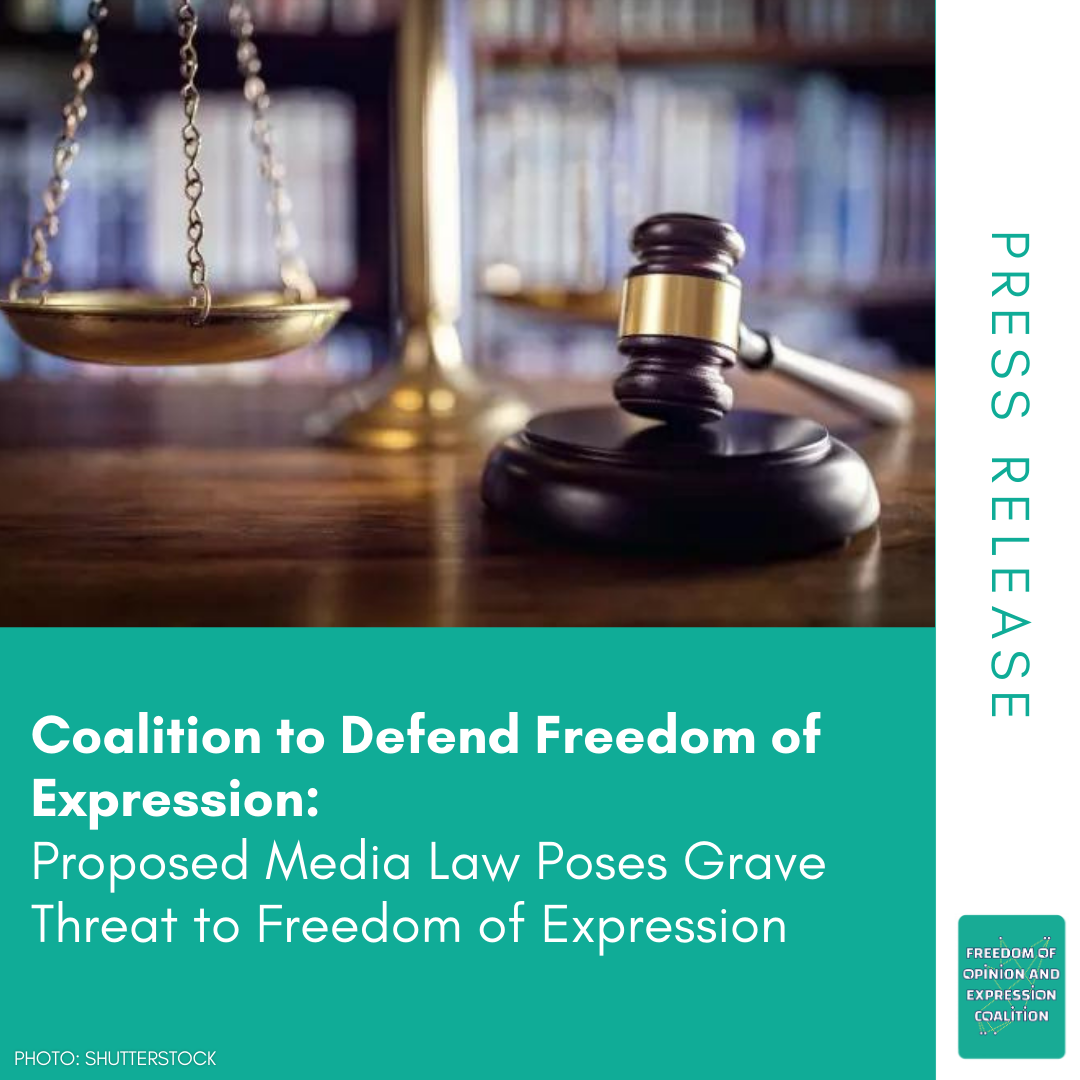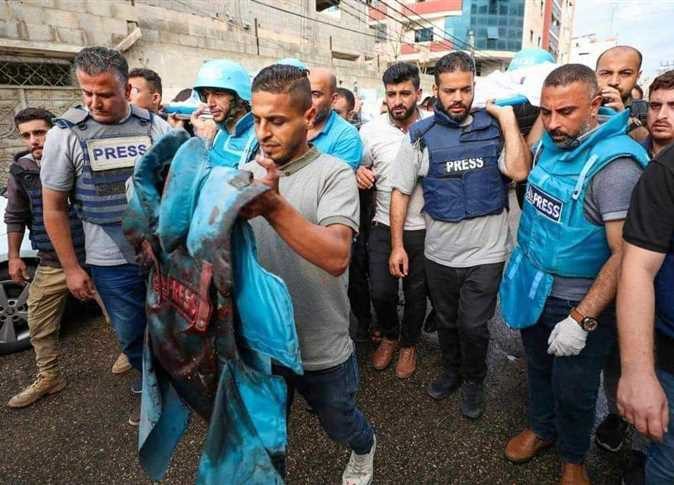Child Sex Abuse Therapy: The Risks and Rewards of Legal Action

Numerous cases of child sexual abuse (CSA) are encountered in the practice of mental health professionals in Lebanon, confirming the frequency of this phenomenon. In western population studies, CSA is estimated to range between 27% and 38% among girls, and 11% among boys under the age of 18 years.[1] However, in Lebanon and in the Arab world in general, data on the prevalence of CSA is scarce and its frequency may be underestimated.[2]
The hallmarks of CSA are its secretive nature, the very frequent denial of the abuse by the abuser, and the guilt/self-blame experienced by the victim.[3] These factors play a central part in the process of the abuse and in its aftermath, and contribute to the low rates of prosecution and conviction despite the high reported rates of CSA in clinical practice.[4]
The social stigma and taboo surrounding victims of CSA, as well as the absence of witnesses to this clandestine activity, may explain why an apparently common phenomenon is so often doubted or disbelieved, and disclosures of the sort are regarded with suspicion. The secretive nature of the activity facilitates the alleged abuser’s denial of the abuse. Moreover, when the abusers belong to powerful political or religious institutions, as with some cases encountered in Lebanon, victims may be intimidated or scared to report the abuse or to initiate legal proceedings. Medical doctors in Lebanon may also be underreporting CSA to the relevant authorities although they have a duty to report CSA by law, even when they merely suspect such behavior.
Before exploring the effects and risk factors of CSA through the examination of two clinical cases,* I would like to point out a particular type of CSA, namely, underage marriage. It is viewed by many as a culture-specific or normative practice in Lebanon (as allowed by religious law). However, a recently adopted United Nations Human Rights Council (UNHRC) resolution in 2013 deemed underage marriage a human rights violation and pledged to eliminate it.[5]
This resolution came after decades of research studies that demonstrated the long lasting effects of child marriage on girls. Women who marry in their teens or earlier struggle with health complications from pregnancy and childbirth. They also suffer from high rates of domestic violence, sexual abuse, depression and anxiety disorders. Underage marriage also renders the girl more vulnerable to persistent poverty since it often ends her education.[6] The consent of the minor girl does not alleviate the fact that it constitutes a form of sexual and emotional abuse, since the child often lacks maturity to fully apprehend the consequences and implications of marriage, sexuality, and maternity.
How do Legal Procedures Interfere With the Therapeutic Process in the Aftermath of CSA?
CSA is known to be a significant risk factor for the development of psychiatric and psychological conditions in childhood, adolescence and adulthood, although there is no specific post-CSA syndrome.[7] Psychological disturbances constitute the starting point for suspecting CSA, and depend on the child’s age. Adolescents develop such symptoms more frequently than younger children suffering from depression. These include anxiety, suicidal ideation and self-injurious behavior, as well as running away from home and substance abuse. Younger children are more likely to exhibit aggression and disruptive behavior, as well as age-inappropriate sexualized behavior. Post-traumatic reactions can also occur such as nightmares, flashbacks, and avoidance of any reminders of the trauma. Both teenagers and children usually struggle with feelings of low self-esteem, shame, guilt, and a lack of basic trust. This is especially the case when the abuser is someone who was previously trusted and appreciated (e.g., a close family member, a priest, a teacher).
One of the factors that most adversely affect the outcome of the child/teenager is the experience of not being believed or supported after disclosure of the abuse, or being blamed for what happened.[8] In this context, legal proceedings following CSA may be disturbing for the child if they were to testify in front of a judge or be subjected to psychological examination. Indeed, it can re-enact feelings of being manipulated, disbelieved or tested, in addition to making the child evoke the trauma in detail which can further trigger profound feelings of despair.
This was the case of a ten-year-old Lebanese child who suffered a coercive and severe form of CSA. He developed severe depressive and post-traumatic reactions with suicidal thoughts. By the time he was referred to me, he was firmly refusing any interaction with the court, especially after a first encounter with a “medical” expert brought in by the court. The expert turned out to be a non-registered medical doctor. Forcing this child into testifying or meeting an expert would have been, in my point of view, re-enacting a form of abuse and coercion toward him by not respecting his will and psychological need to avoid any reminder of the trauma. The therapy was thus aimed at building a relationship of trust and confidence with him, while ignoring the trauma history for a while, which would progressively heal the child from the feelings of shame and guilt that he was struggling with, and help him to restore basic trust in others. A decision was made with the approval of the parents and in coordination with the lawyer to postpone the trial until the child was psychologically ready to face it, notwithstanding the consequences of such a delay on the outcome of the trial.
In another case, however, commencing the trial against the abuser had a tremendous beneficial effect on the victim, who was a 14-year-old boy. The child was the victim of repeated sexual abuse by a socially powerful man at the age of 12. Upon examination, he exhibited symptoms of severe depression and anxiety. The striking element in his case was the feeling of injustice he had about his abuser being so “protected”, because of his social status, and that this abuser will never be punished for what he did (some NGOs also discouraged the child and his parents to initiate any legal procedures). When he finally met a lawyer who told him it was possible to launch a civil trial, and that no power or social status justifies CSA in the eyes of the law, the child was relieved from a profound feeling of powerlessness. The civil trial did not actually take place (due to a number of factors), but the effect of meeting with the lawyer and the latter’s upholding of the legitimacy of the boy’s wish to pursue the abuser were very therapeutic in this particular case. It empowered the boy’s sense that he is a subject who can make decisions and take action, and does not merely have to accept and abide by the decisions and actions of others, and it gave him some sense of worth and self-esteem.
These two cases suggest that every child reacts in a unique and different manner to CSA. The child’s age might influence this reaction. Adolescents, given their level of maturity, comprehend more fully the implications of having been abused sexually, and usually ask for reparation of the harm inflicted on them. Respecting the will of the child and his psychological needs in the aftermath of CSA is crucial to letting them regain some sense of empowerment and self-esteem.
Challenging Some Common Assumptions About CSA
Abusers do not fit a single psychological profile. Sexual abusers constitute a heterogeneous group in terms of personal, social, and demographic factors, as well as in their motivations and intentions. A common misconception about child sexual offenders is that they all have a pedophilic disorder,** and thus should be considered as suffering from a psychiatric disorder and amenable to psychiatric or psychological treatment. Even though sexual arousal by pre-pubertal children is likely to be a strong motivating force for child sexual offenders, studies have shown that motivations other than sexual gratification frequently exist. These include the abuser’s pursuit of power and a sadistic pleasure in manipulating and gaining mastery over a vulnerable person.[9] Clarification of this misconception would avoid systematically medicalizing a criminal act.
Furthermore, not all pedophiles are sexual abusers, since some persons experience sexual arousal by pre-pubertal children but do not act upon them because of internal or external inhibitors, self-criticism and ability to perceive the harm that may be done to the potential victim. Those persons usually voluntarily seek psychological/psychiatric assistance.[10]
Environmental risk factors for CSA include the institutional setting, such as that of orphanages, mainly because of the lack of supervision, care by staff rather than parents, and high availability of victims to choose from.[11] This concern has been recently raised after the case of catholic priest Mansour Labaki and the perceived risk of sexual abuse within the institutions of care, where most children are placed because of poverty rather than loss of parents. Furthermore, widespread occurrence of sexual abuse by Catholic clergy has come to light over the past few years in a number of countries, including Lebanon. It has raised the need for holding the church as an organized entity responsible for the priest’s behavior, starting with the stage of the original recruitment of the priests. War and refugee settings are additional risk factors for the occurrence of CSA, as it has already been reported in the current Syrian refugee crisis in Lebanon.[12]
Other factors that increase the likelihood of sexual abuse include the child’s vulnerabilities, such as intellectual or physical disability, neglect or social isolation, lack of protective family structures or confiding relationships surrounding the child.[13] Indeed, abusers recognize these factors as rendering a child suitable for abuse, and these contributing factors do not remove any of the abuser’s responsibility for the abuse.
Conclusion
Even though it is a legal obligation to report CSA and to initiate the necessary procedures against the abuser, this should be done while keeping in mind the child’s interests, and not those of the parents or any institution. Taking into account the will and psychological needs of the child in this regard avoids re-enacting the experience of coercion and objectification of the child.
Specific prevention of CSA is particularly difficult since it is a clandestinely-practiced event embedded in a complex web of social and cultural norms surrounding child sexual abuse. However, alertness to the possibility of CSA and early recognition offer the best hope for damage control. Increased awareness among the general public about the frequency of this phenomenon, the risk of CSA in institutions of care or among disabled children, and the psychological effects on the child, can contribute to the growing recognition and acceptance of CSA as an established fact. This may allow earlier disclosure by the child and decrease the stigma and taboo surrounding it, as well as the feelings of guilt and self-blame. Children cannot be relied upon to protect themselves. Secrecy, denial and disbelief are integrally related to CSA and exert a very significant influence on the professional response and outcome for the children and their families.
* The clinical cases were presented in this article after the approval of the persons concerned and their parents, and with respect to their anonymity.
** Pedophilic disorder is characterized by a sexual arousal by pre-pubertal children that is acted upon, or that causes severe distress for the person. Pedophilia refers only to the sexual arousal by pre-pubertal children.
To view the Arabic version, click here
References:
[1] May-Chahal, C et al. “Measuring Child Maltreatment in the United Kingdom: A Study of the Prevalence of Child Abuse and Neglect”. Child Abuse and Neglect (2005), 29: 969-984.
[2] Usta JA et al. (2008). “Child Sexual Abuse: The Situation in Lebanon”.
[3] Glaser D. “Child Sexual Abuse”. In: Rutter’s Child and Adolescent Psychiatry, 5th edition. Wiley-Blackwell (2008), 29: pp. 440- 458.
[4] Idem.
[5] See link: http://www.girlsnotbrides.org/states-adopt-first-ever-resolution-on-child-marriage-at-human-rights-council/
[6] Nour NM. “Child Marriage: A Silent Health and Human Rights Issue”. Rev Obstet Gynecol (2009), 2(1): 51–56.
[7] See note 3 above, idem.
[8] Idem.
[9] Idem.
[10] Idem.
[11] Johnson, R. et al. “Young Children in Institutional Care at Risk of Harm”. Trauma Violence Abuse (2006), 7(1): 34-60.
[12] Ouyang H. “Syrian Refugees and Sexual Violence”. The Lancet, Editorial (2013), 381: 2056, published online on June 14, 2013.
[13] See note 3 above, idem.



